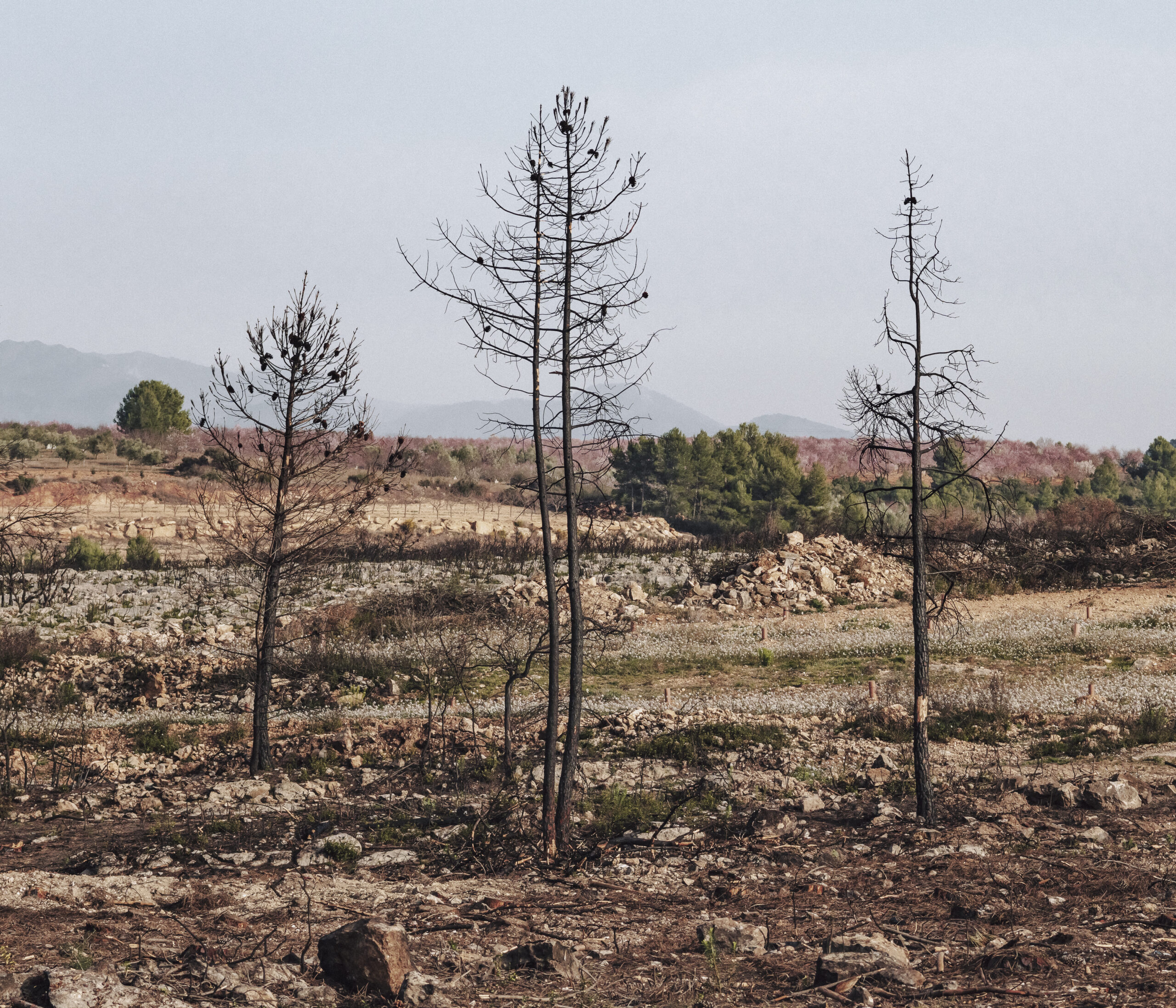
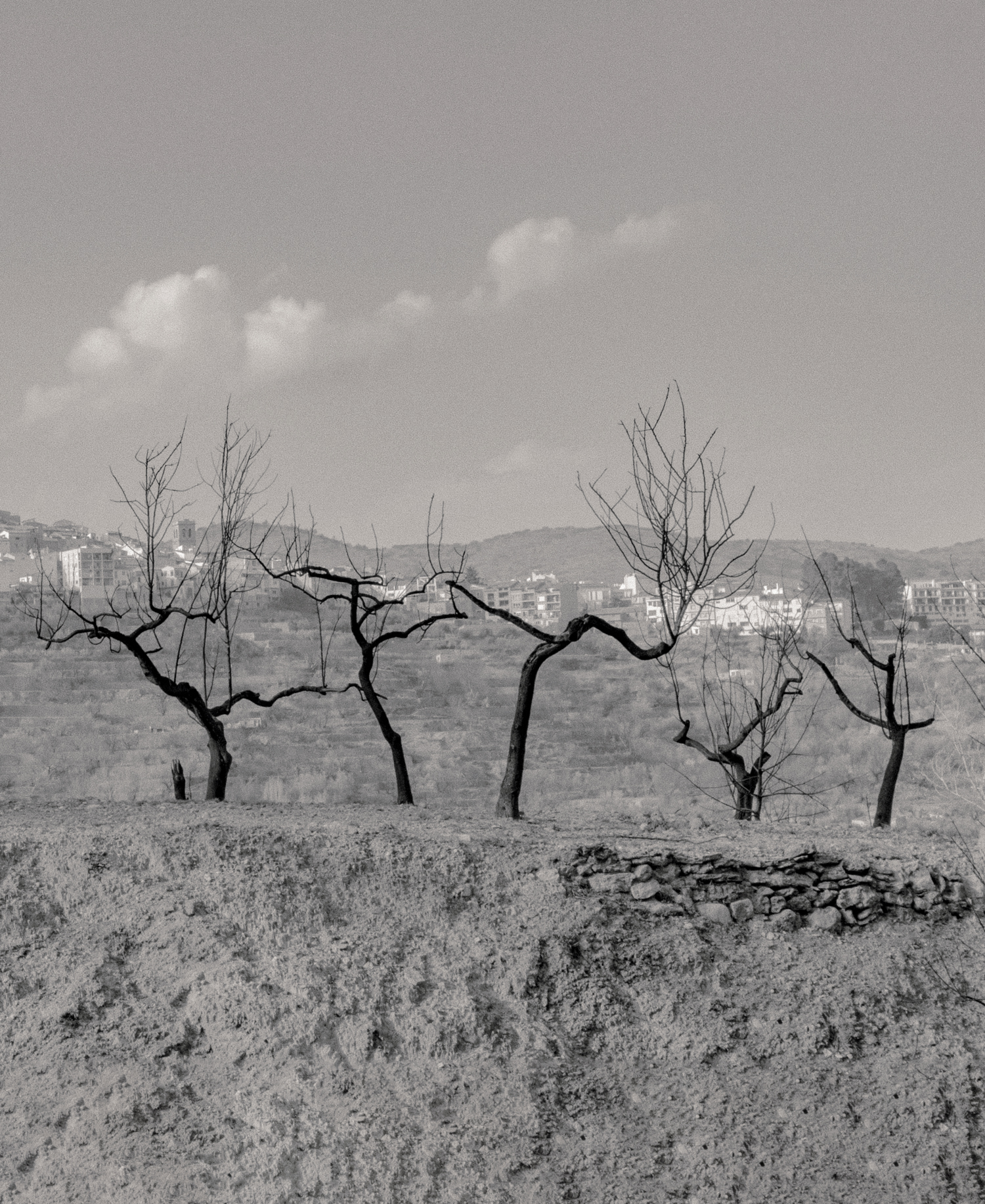
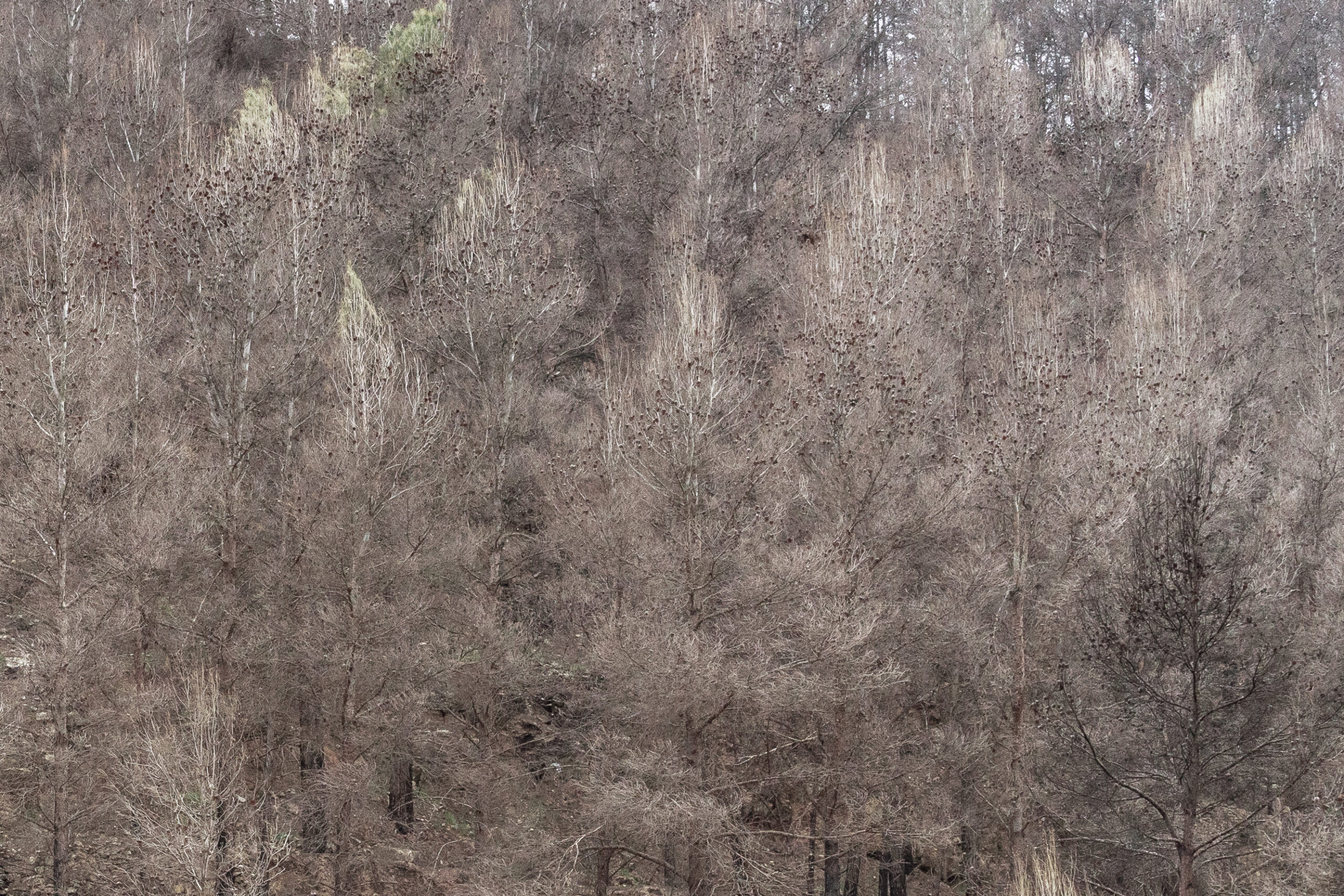
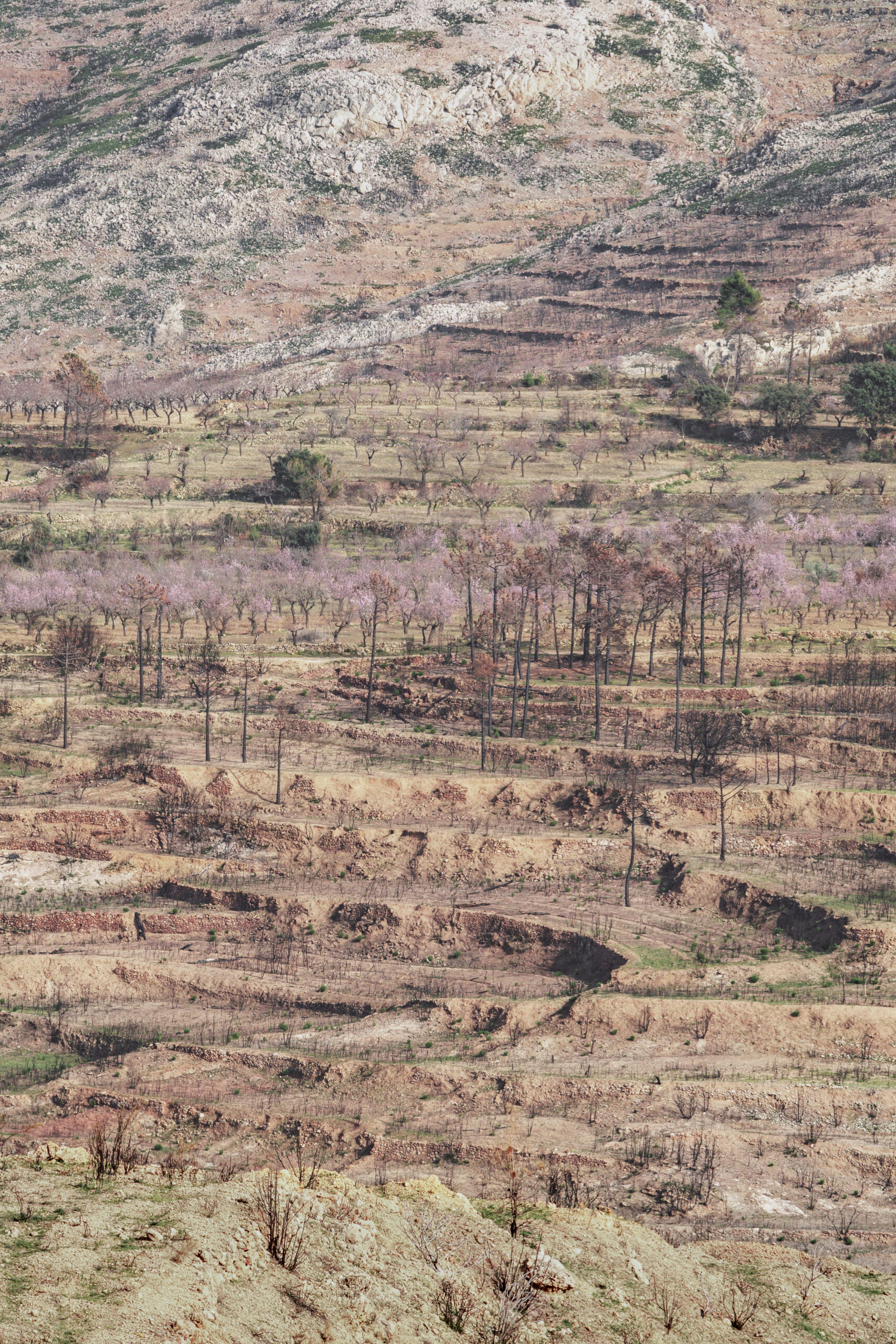
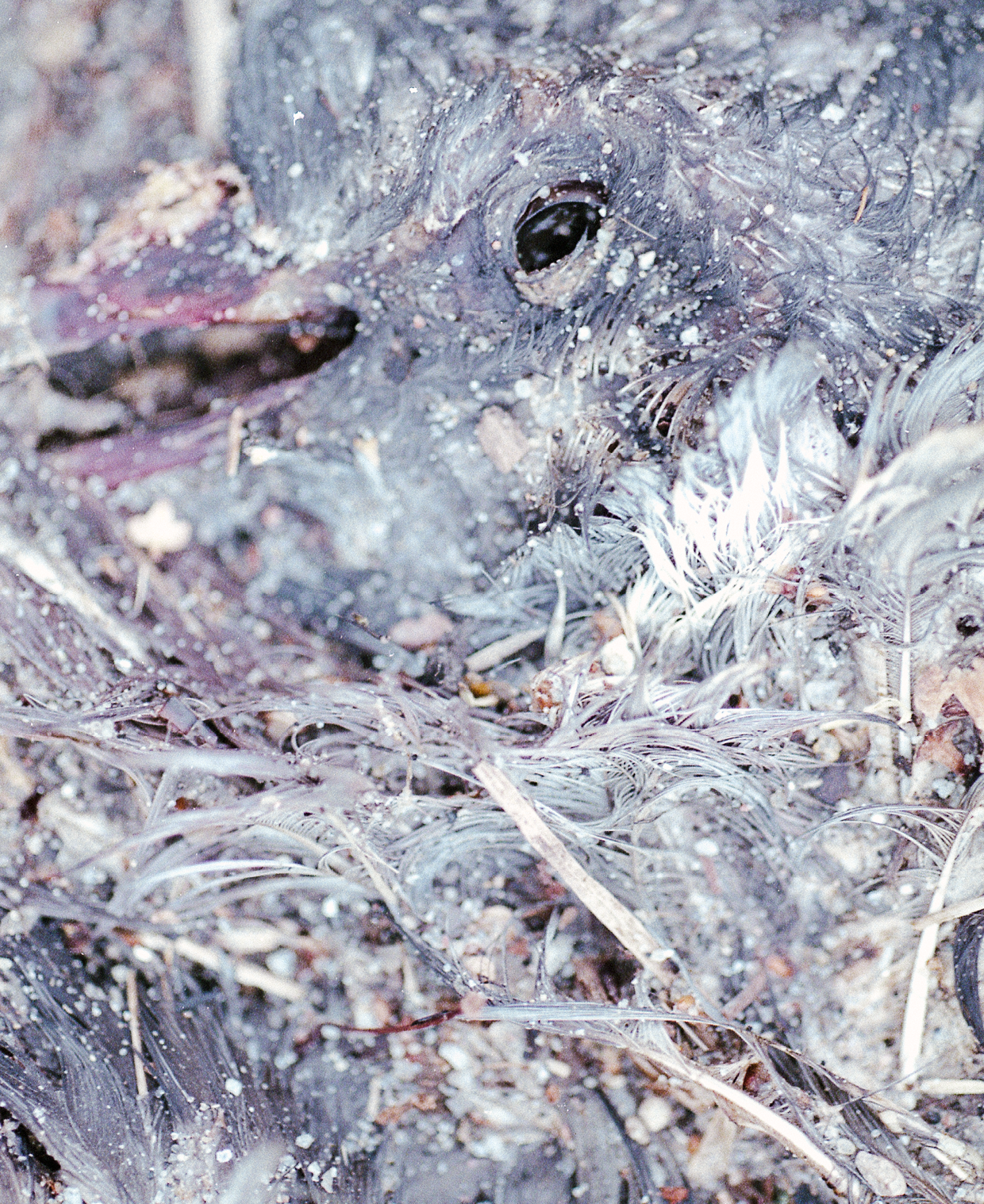
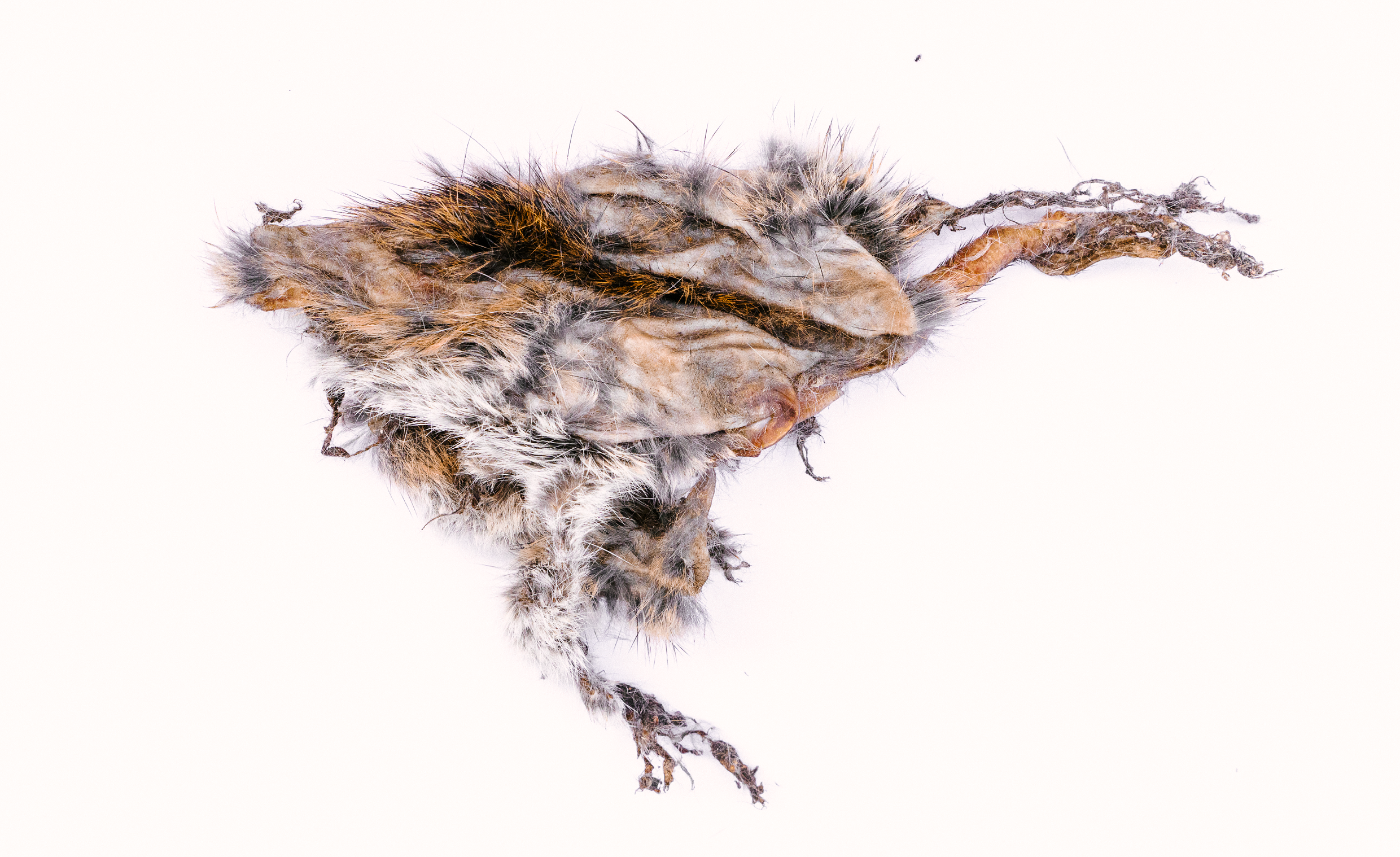

Being Human

They say that rising temperatures
are the main reason for the increasing amount of wildfires
it makes sense
more heat equals drought, equals risk of fires
then you research and find
that up to 95 procent of the wildfires
stems from human interference
controlled fires breaking free from their boundaries
machinery sending sparks out like miniture fireworks on twigs and dead leafs
wicked deeds that grow from dark minds
architectures interfering with wildlife.
I once witnessed the birth of a wildfire
one minute I was there
at ground zero
not far from houses of legends
trying to hide from the masses
a dry landscape filled with warning signs
don’t smoke, don’t use matches, no fire allowed
there are always some who won’t conform
uncomprehending eyes looking at a mouth inhaling dry tobacco
the glowing tip drizzling to the ground as a wounded soldier after a fight.

we drove away from the stupidity before anything happened
15 minutes later, from a safe distance
smoke was rising
then fire
racing down the hill sides like a wild beast
one helicopter
then two
then three
orange gray smoke covered all blue
it felt like a doomsday movie
the Hollywood sign disappearing in the fog
fences and cameras won’t protect the legends from these yellow tongues.
___________________________
This experience happened back in 2016. I was 33 at the time. It has been an eyeopener for me, but it wasn’t the first episode of human interferences that made an impression. First time I really payed attention to the side effects of human behavior was on a bike trip to Sardegna in 2012. A slow pace. Heat distortions everywhere we turned our eyes and every 100 metres our bodies needed a break just to drink water. I started noticing the ground. Dead animals hit by passing traffic was popping up ever so often. At first I was fascinated. A bizarre way of watching rare species up close that I’d never encountered before. Birds, mammals, snakes and turtles. I started photographing them. Almost as an investigation. Sadly also a bit like a morbid safari. But the more I saw, the sadder these encounters felt. These were animals trying to navigate in and around our strange creations in their habitat.
A photographer like Helene Schmitz is someone I find succesful in sharing these types of stories. A person going to depths in revealing something we might take for granted or not even think about, when living our every day life. How we exploit nature to our benefits. How it changes the landscape. How we import plants because they look nice, and how they then destroy a whole ecosystem, because the plant doesn’t have any natural enemies. These stories/photographs are all very relevant and are done in such an aesthetic, tasteful and appealing way, which for me invites the audience to be more open to take in what is actually going on here and maybe start thinking about how human life affects our surroundings.
___________________________
I live in a house where woodland once flourished
built from materials that wouldn’t be approved today…
there are things I own that I now know are harmful
if I throw them away, they pollute even more
I shop in a supermarket with open coolers
Buy food wrapped in plastic, from places far away
I stream movies and series from gigantic servers somewhere
I don’t always recycle even though I know I should
sometimes I buy single use bottles
sometimes I eat meat
sometimes I buy conventional
sometimes I fly for comfort
A bread from a cafe can be full of bad trails
I still buy it as hunger always wins
I’ve most likely bought clothes made by little kids in india
who are underpaid and should’ve been in school instead
I live next to endless roads of emporiums
Where lights are always on
even though they are closed two thirds of the day
I walk on asphalt that fills the air with fumes whenever the sun is out
Where millions of cars drive every day
Where millions of animals have taken their last breath
I too have been in cars that have taken lifes
It is a helpless act…
My bike leaks microplast into nature every time I ride it
My shoes do the same
They leave marks all over the rocks whenever I go climbing
so does the chalk on my hands
I bought a jacket with PFAS before I knew what it was
I still use it even though I now know it is bad
The jacket was expensive and I really like it
I don’t throw things out that work
Whenever I see trash in nature
I shake my head but I rarely pick it up
I am my own downfall
___________________________
Getting questions about the production of my art is extremely relevant and I’m glad I get them. It is yet another thing you have to consider when making art, but in my mind it shouldn’t only be directed towards artists that work with the environment. It should be a question that all artists should think about. We are all in this together and every last one of us has the responsibility to make a change for the better. Therefore I am very aware of my own position when working on a project. I am no better than the next. I observe, I document, but I also feel the guilt exhaust me like a boulder around my chest, every time I take a shortcut.
Guilt has become a haunting feeling for the generations that have inherited the mess we’ve made in approximately the last 170 years. Looking at the history of cigarettes, one would think that changing the course of the world would be at least as challenging as stopping people from smoking after learning about lung cancer. We want to maintain the good life and still save the world from drowning in garbage and pesticides. So we patiently wait for the magic solution, while life continues as usual. We need to understand and learn more about our behavior and impact, even though we might not change over night. That is why I keep questioning human life through my lens.
Referencer
Schmitz, Helene. 2023. http://www.heleneschmitz.se. (Hentet 13-03-2023)
Larsson, E. Att se empatiskt – Samtida fotografiers möte med globaliserade rörelser, samspel och konflikter. Ekfrase 4(1): 3-19, 2013
Lockeman, B. Ett fenomenologiskt betraktelsesätt av fotoboken. Imprint – Visual narratives in Books and Beyond, Hedberg, Knape, Martinsson, Wolters (ed), Göteborg 2014, p. 189-205
Demos, T. J., et al. (2021). The Routledge Companion to Contemporary Art, Visual Culture, and Climate Change. Milton, Milton: Taylor & Francis Group.
Carson, R. Silent spring, Boston : Mariner Books, Houghton Mifflin Harcourt. 2002
Eliza Griswold, How ‘Silent Spring’ Ignited the Environmental Movement, NY Times. 2012. https://www.nytimes.com/2012/09/23/magazine/how-silent-spring-ignited-the-environmental-movement.html (Hentet 17-10-2022)
Brown, A. Art & ecology now. London : Thames & Hudson, 2014, p. 109
Christian Salling, Tue Greenfort: “Når jeg kigger på naturen, får jeg en bedre forståelse af vores civilisation”, Kunsten.nu. 2020. https://kunsten.nu/journal/tue-greenfort-naar-jeg-kigger-paa-naturen-faar-jeg-en-bedre-forstaaelse-af-vores-civilisation/ (Hentet 17-10-2022)
Thea Deleuran Müller Karina Kold, Anna Lin har mareridt om klimaforandringerne: ‘Hvis jeg vælger at få børn, bliver det en kæmpe del af deres liv’, DR.dk. 2022. https://www.dr.dk/nyheder/indland/anna-lin-har-mareridt-om-klimaforandringerne-hvis-jeg-vaelger-faa-boern-bliver-det (Hentet 17-10-2022)